
Chic Spaces on a Budget: DIY Home Interior Design Ideas That Wow
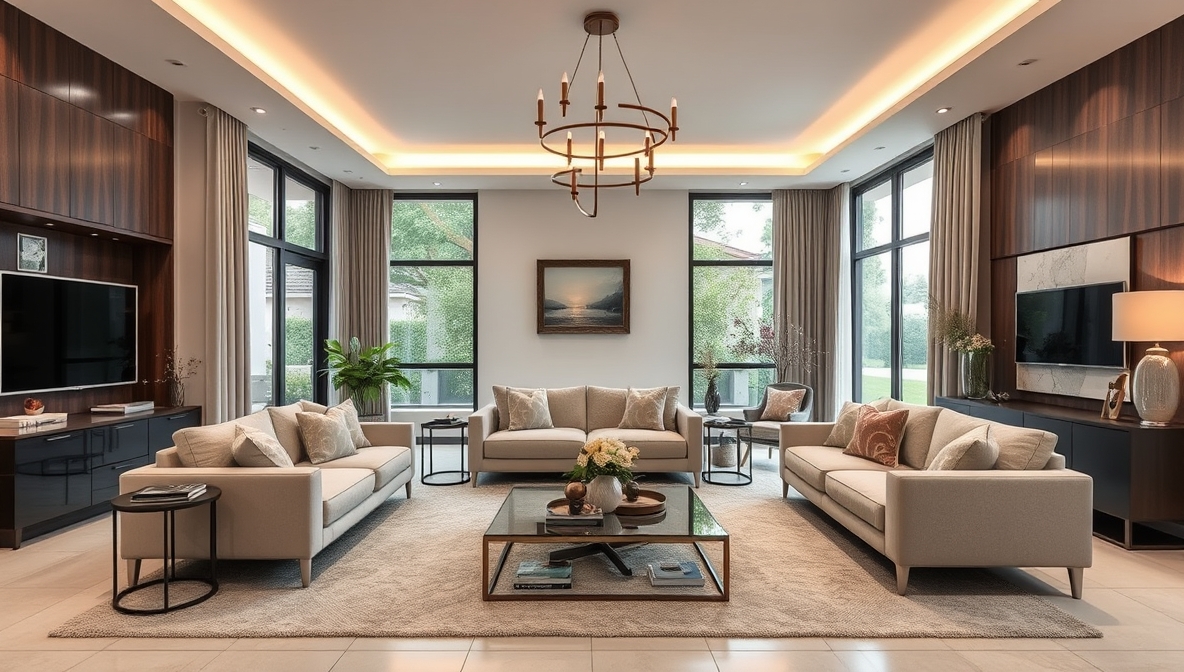
Your home deserves personality, comfort, and a touch of creativity. Small changes in color, texture, and layout can breathe new life into ordinary spaces. Walls no longer need to stay plain; a bold accent color, patterned wallpaper, or a gallery of personal photos can instantly energize a room. Furniture arrangements influence flow and mood—swapping pieces, adding unexpected seating, or creating cozy corners turns functional areas into inviting spaces.
Lighting shapes atmosphere and perception; warm bulbs, layered fixtures, or strategically placed lamps make every room feel intentional and welcoming. Decorative accessories, such as rugs, cushions, and art, offer an effortless way to reflect style and evoke emotion. Storage solutions double as design statements, blending practicality with aesthetics.
Sustainability meets style when repurposing old items, upcycling furniture, or mixing vintage finds with modern accents. Every choice contributes to a cohesive story that makes your home truly yours. Enthusiasm for experimentation pays off, revealing endless possibilities for spaces that feel vibrant, lived-in, and distinctly yours.
10 DIY Home Interior Design Ideas
Designing a home can feel expensive and complicated. Small changes can make rooms look fresh and new. DIY projects give control and save money. Simple ideas can make a big difference. This guide lists ten DIY home interior design ideas with materials and steps.
1. Painted Accent Wall
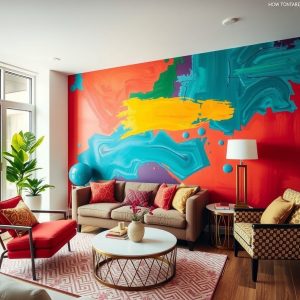
A painted wall can change the whole mood of a room. Choose a wall that stands out, like behind the sofa or bed.
Materials:
-
Paint (choose a color that matches your room)
-
Paint rollers and brushes
-
Painter’s tape
-
Drop cloth
Steps:
-
Clean the wall surface.
-
Apply painter’s tape to edges.
-
Lay a drop cloth on the floor.
-
Roll the paint evenly. Apply a second coat if needed.
-
Remove tape carefully after drying.
Tip: Use bright colors in living areas and soft colors in bedrooms.
2. Open Shelves with Wood Planks
Open shelves add space and style. Wood shelves are simple and functional.
Materials:
-
Wooden planks
-
Wall brackets
-
Screws and drill
-
Sandpaper and paint (optional)
Steps:
-
Measure the wall space.
-
Sand wood planks smooth. Paint or stain if desired.
-
Fix brackets to the wall using screws.
-
Place wooden planks on brackets.
-
Arrange books, plants, or decor items.
Tip: Mix small plants and books for a lively look.
3. Wall Photo Gallery
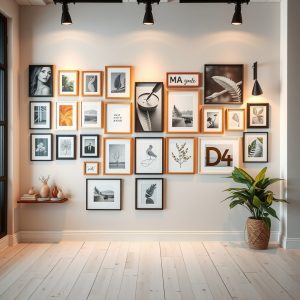
Photo walls personalize spaces and add warmth.
Materials:
-
Frames in different sizes
-
Printed photos
-
Measuring tape
-
Nails or hooks
Steps:
-
Collect your favorite photos.
-
Arrange frames on the floor to decide layout.
-
Mark positions on the wall.
-
Hang frames carefully using nails or hooks.
-
Step back to check alignment.
Tip: Keep frames the same color for a clean look or mix colors for fun.
4. Indoor Plant Corner
Plants make spaces fresh and cozy. A small corner can feel lively with greenery.
Materials:
-
Pots
-
Indoor plants (like pothos, snake plant, or peace lily)
-
Potting soil
-
Decorative stones (optional)
Steps:
-
Choose a bright spot for plants.
-
Fill pots with soil.
-
Plant greenery carefully.
-
Arrange pots in groups.
-
Water plants regularly.
Tip: Use hanging planters if floor space is small.
5. DIY Cushion Covers
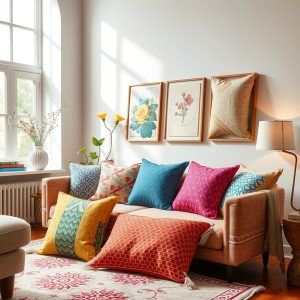
New cushion covers refresh a sofa or bed.
Materials:
-
Fabric (cotton, linen, or velvet)
-
Sewing machine or needle and thread
-
Zippers or buttons
Steps:
-
Measure cushions.
-
Cut fabric with extra length for seams.
-
Sew three sides.
-
Insert cushion and close the last side with zipper or button.
-
Mix patterns and colors for a fun look.
Tip: Use bright fabrics to lift dull sofas.
6. Rope Wall Art
Rope art adds texture and a natural look. It works for walls or furniture.
Materials:
-
Thick rope
-
Hot glue gun
-
Scissors
-
Wooden board (optional)
Steps:
-
Plan the design: circles, triangles, or waves.
-
Cut rope in needed lengths.
-
Glue rope onto wall or board slowly.
-
Press firmly to fix.
-
Let glue dry completely.
Tip: Combine rope with small lights for a cozy touch.
7. Floating Nightstands
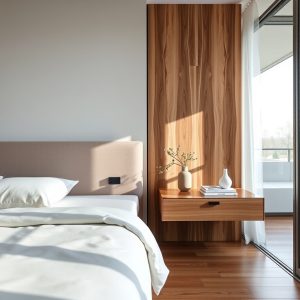
Floating nightstands save space and look modern.
Materials:
-
Small wooden board or shelf
-
Wall brackets
-
Screws and drill
-
Sandpaper and paint (optional)
Steps:
-
Measure height near bed.
-
Sand and paint wood if needed.
-
Fix brackets on wall.
-
Place wood on brackets.
-
Add lamp, books, or small decor items.
Tip: Keep bedside essentials organized for a neat look.
8. DIY Wall Stencils
Stencils add pattern without heavy painting work.
Materials:
-
Stencil template
-
Paint
-
Brush or sponge
-
Painter’s tape
Steps:
-
Choose wall and stencil design.
-
Tape stencil on wall.
-
Apply paint lightly with sponge or brush.
-
Remove stencil carefully.
-
Repeat pattern across wall.
Tip: Use neutral colors for subtle design or bright colors for fun.
9. Reclaimed Wood Coffee Table
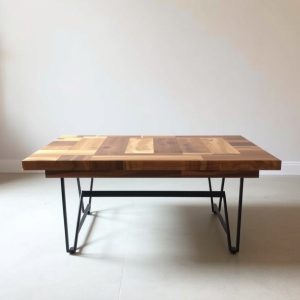
A coffee table from old wood adds charm and saves money.
Materials:
-
Reclaimed wood planks
-
Sandpaper
-
Wood screws and drill
-
Legs (metal or wooden)
-
Wood varnish
Steps:
-
Sand wood planks smooth.
-
Fix planks together with screws to make tabletop.
-
Attach legs.
-
Apply varnish to protect surface.
-
Let it dry before use.
Tip: Add small baskets underneath for storage.
10. Lighting Makeover
Good lighting changes the mood of any room.
Materials:
-
Lamps, string lights, or LED strips
-
Extension cords or battery packs
-
Hooks or clips (if needed)
Steps:
-
Remove old lighting if needed.
-
Choose spots to add lamps or string lights.
-
Hang or place lights carefully.
-
Connect to power safely.
-
Test lighting for soft, warm feel.
Tip: Use lamps near reading corners and string lights for decoration.
FAQs
Q1: Can beginners do these DIY ideas?
Yes. All projects are simple. Follow steps carefully. Most need basic tools.
Q2: Are these ideas expensive?
No. Materials are cheap and easy to find. Many projects use items you already have.
Q3: How long do these projects take?
Small projects like cushion covers or photo walls take a few hours. Bigger projects like tables may take one or two days.
Q4: Do I need special skills?
No. Projects need only simple skills like measuring, painting, or basic sewing.
Q5: Can I mix ideas in one room?
Yes. For example, combine plants, new cushions, and a painted accent wall. Mix carefully to avoid clutter.
Conclusion
DIY home interior design makes spaces feel fresh and personal. Simple projects bring big changes. Start with small steps, like painting a wall or adding cushions. Gradually try bigger projects like shelves, tables, or lighting. Materials are easy to find, and steps are simple to follow. Personal creativity gives each room a unique touch. Small changes create a comfortable and stylish home that feels truly yours.
